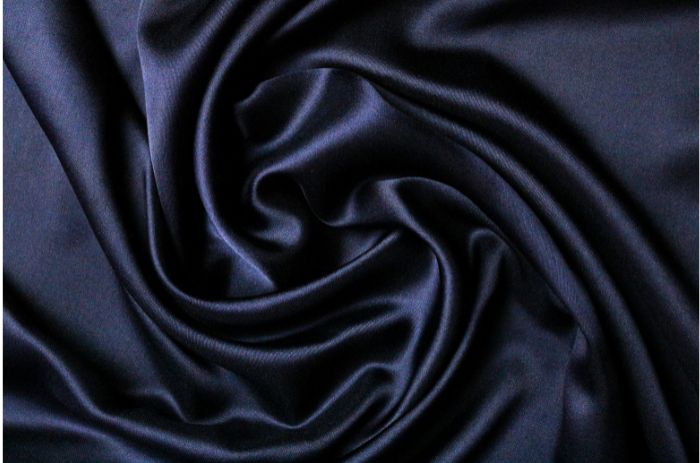
In today’s world, staying cool isn’t just about comfort—it’s essential for maintaining health and productivity. But what fabric cools your body the best? The answer lies in understanding how certain materials work with your body’s natural processes to dissipate heat and promote airflow.
Let’s dive into the world of cooling fabrics and discover which ones are your ultimate go-to for staying cool.
Which material is best for cooling?
When it comes to beating the heat, selecting the right material can make all the difference in staying cool and comfortable. Cooling fabrics are designed to wick moisture, promote airflow, and regulate body temperature. Here are some of the best materials for cooling:
1. Cotton
Cotton is a popular choice for its softness and breathability. It allows air to circulate and absorbs moisture, keeping you cool in dry climates. However, it may not dry quickly in humid environments, which can lead to discomfort.
2. Linen
Linen is a lightweight natural fabric known for its excellent breathability and moisture-wicking properties. Its loose weave allows heat to escape, making it ideal for hot and sunny days.
3. Bamboo
Bamboo fabric is both sustainable and cooling. It has natural moisture-wicking abilities, is highly breathable, and feels soft against the skin, making it a favorite for summer clothing and bedding.
The Eco-Friendly Comfort of Bamboo Fiber and Cooling Fabrics
4. Polyester and Its Blends
Polyester, especially when combined with advanced cooling technologies, is excellent for activewear. It wicks moisture away from the skin and dries quickly, keeping you cool during intense activities.
5. Nylon
Nylon is a lightweight synthetic material that is often used in sportswear. It is smooth to the touch, highly durable, and dries quickly, making it a practical option for physical activities in warm weather.
6. Far Infrared or Graphene Fabrics
Innovative materials like far infrared yarns and graphene fabrics enhance heat dissipation and provide superior thermal regulation. These high-tech options are becoming increasingly popular in performance and outdoor gear.
What is the most cooling fabric?

When choosing fabrics to keep cool in hot weather, several options stand out for their unique properties. Here are the most cooling fabrics:
1.Linen
- Lightweight and breathable, allowing excellent airflow.
- Absorbs moisture and dries quickly, perfect for humid climates.
2.Cotton
- Soft and breathable with high moisture absorption.
- Best in lighter and looser weaves for enhanced cooling.
3.Polyester Blends
- Advanced moisture-wicking technology pulls sweat away from the skin.
- Dries quickly, ideal for sportswear and active lifestyles.
4.Nylon
- Smooth, lightweight, and quick-drying.
- Offers great performance for athletic wear.
5.Graphene-Infused Fabrics
- Cutting-edge technology with superior thermal conductivity.
- Helps regulate body temperature effectively.
6.Far Infrared Yarns
- Promotes heat dissipation and body temperature balance.
- Suitable for innovative and eco-friendly cooling solutions.
Choosing the right fabric depends on your needs, whether for daily wear, outdoor activities, or sports. With options ranging from natural to high-tech, there’s a cooling fabric for every situation.
Conclusion on cooling fabric
Choosing the right fabric to keep cool is more than just a matter of comfort—it’s about enhancing your overall experience in any climate or activity. Whether you prefer the natural breathability of cotton and linen or the advanced cooling technology found in far infrared and graphene fabrics, there’s a perfect solution for everyone.
At SPORTINGTEX®, we are dedicated to providing innovative cooling fabrics that combine functionality with sustainability. Explore our range of advanced textile solutions and discover how our fabrics can help you stay cool, comfortable, and confident, no matter the weather.
Ready to feel the difference? Contact us today to learn more!
FAQs for cooling fabric
1.What is cooling cloth?
A cooling cloth is a specially designed fabric that helps regulate body temperature by promoting heat dissipation and enhancing moisture evaporation. It is often made using advanced materials or fabric technologies, such as:
- Moisture-Wicking Properties: The fabric pulls sweat away from the skin to the surface, where it can evaporate quickly.
- Breathable Materials: Allows air to flow through, aiding in cooling the body.
- Phase-Change Materials (PCMs): Absorb and release heat to maintain a stable temperature.
- Cooling Agents: Some cooling cloths are treated with special compounds that activate when wet, creating an instant cooling effect.
2.What is the best material to wear to stay cool?
The best materials to stay cool are:
- Cotton: Breathable and soft, but absorbs sweat.
- Linen: Lightweight and quick-drying, but wrinkles easily.
- Bamboo: Moisture-wicking and soft, but less durable.
- Moisture-Wicking Synthetics: Quick-drying for activewear, but less breathable.
- Lightweight Merino Wool: Regulates temperature and resists odor, but costly.


